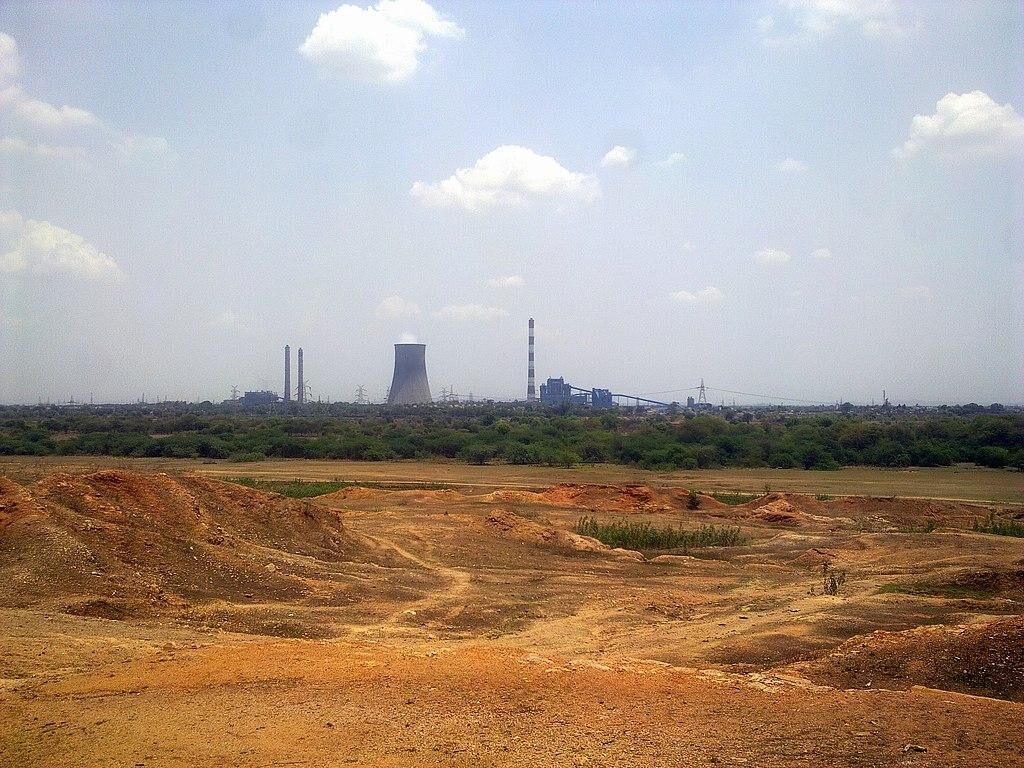A toilsome task
As Maharashtra government turns its focus towards phasing down non-compliant coal-fired power facilities, huge challenges lie ahead

Aditya Thackeray, the cabinet minister for environment for the Government of Maharashtra, told the media February 14, 2022 that the state would "conduct a comprehensive study to determine how ageing and polluting coal-fired power facilities in the state can be phased down in a systematic manner".
The state will take measures to mitigate air pollution, including commissioning flue-gas desulfurization (FGD) at thermal power plants. It will also ensure 100 per cent fly ash utilisation as directed by the Centre, Thackeray announced.
The minister was on a site visit to Nandgaon village near which Maharashtra State Power Generation Company's Koradi and Khaperkheda thermal power plants are located. The two units are infamous for fly ash pollution.
Disappointing compliance status
Among the states, Maharashtra has the most capacity to generate power from coal that is unlikely to meet the emission norms by stipulated deadlines set by the Union ministry of Environment, Forest and Climate Change (MoEFCC), a new report by the Centre for Science and Environment (CSE), a Delhi-based non-profit, showed.
The Central Pollution Control Board (CPCB), according to the MOEFCC's April 2021 notification, disaggregated coal-based thermal power plants into three categories A, B and C based on deadlines by which they need to meet the emission norms.
The body identified a cumulative thermal power capacity of 24,996 megawatts (MW) needed to emit within permissible limits. Around 40 per cent of this capacity has still not taken any solid measures towards this goal, the report 'Norms in Name Alone: Will the Coal-fired Utilities Meet the Deadlines for Emission Norms?' noted.
Thermal power plants with a total capacity of 5,120 MW were supposed to meet the deadline by 2022 (Category A), 4,840 MW by 2023 (Category B) and 15,006 MW by 2024 (Category C). However, 85 per cent in Category A, 22 per cent in Category B and 31 per cent in Category C are likely to miss the deadline, the CSE analysis found. Most of these are run by the state government.
As much as 2,450 MW capacity in Maharashtra have installed an air pollution control device (FGD) that is required to keep sulfur dioxide emissions within the Centre's limit. However, the status of compliance in these plants is not being monitored by the Central Electricity Authority (CEA), the agency entrusted with the task to track emission norms implementation progress.
Fly ash management
Mounds of fly ash — unburnt residue of coal burning in coal thermal power plants — are lying unutilised in Maharashtra, according to CSE's report 'An Ashen Legacy: India's Thermal Power Ash Management.'
Maharashtra has had one of the highest fly ash generation rates in the last decade. It has a total of 52.43 million tonnes of ash in its ash ponds. A plant-wise comparison showed that for Maharashtra, the plants owned by Mahagenco — Chandrapur, Khaperkheda, Koradi and Paras — have the worst record of fly ash management.
The state has also seen rising fly ash accidents from mismanagement of fly ash from coal thermal power plants.
Stern authority intervention
The National Green Tribunal recently took note of the pollution from the Chandrapur Super Thermal Power station in Chandrapur district of Maharashtra. The 2,920 MW plant (Mahagenco) needs to meet the emission norms by 2023. It is likely to miss the deadline.
The green court on January 19, 2022 ruled that since the project was the largest in Maharashtra and had an annual income of Rs 20,000 crore, there was no financial difficulty that was stopping it from following emissions and fly ash disposal guidelines. The court levied a fine of Rs 5 crore on the plant as compensation for environmental damage.
On February 15, 2022, Maharashtra Pollution Control Board issued directions to Khaperkheda coal power plant, taking cognizance of the state government's decision to control pollution from coal thermal power plants and the complaints received by the board regarding disposal of ash slurry into Nandgaon ash pond without permission.
The plant has been directed to clean up the accumulated ash, remove existing infrastructure and restore the area.
CSE recommends
• As much as 2,520 MW capacity at Koradi, Khaperkheda, Nasik, Chandrapur and Bhusawal thermal power plants has completed its design life and is unlikely to meet the norms in due time. These plants can be considered for retirement or put to some alternate use by the Maharashtra government.
• The state pollution control boards should place limits on the number of days the non-complying plants can run, and accordingly these should be compensated for the fixed costs as proposed in CSE's report 'First Run: An incentive mechanism to make coal-based power plants meet emission norms.'
• The power plants not utilising 100 per cent of their ash should not be given approval to expand capacity
• There is no action being taken on the plants that seem to be not progressing at the expected pace to meet the emission norms or to dispose of fly ash. The regulatory authorities need to devise a phase-wise compliance check and ensure availability of the compliance status in public domain. DTE
Views expressed are personal



